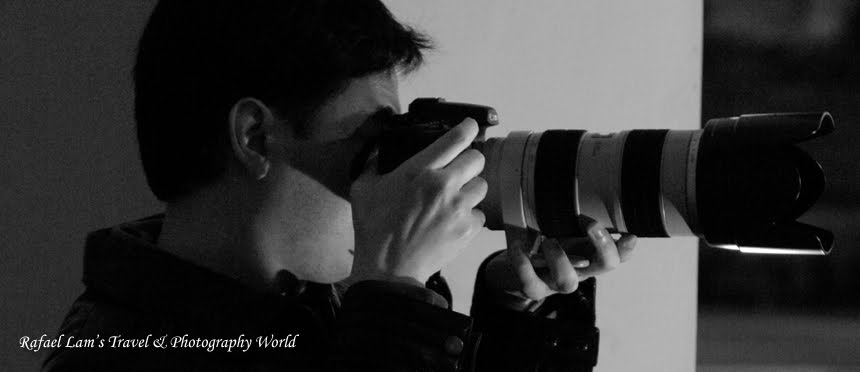Final Episode
St. Peter’s Basilica and Vatican Square
聖彼得大教堂和梵蒂岡廣場
St. Peter's Basilica is the largest Church all over the world. We came here and took some shots of the
Vatican on the first day of our Bus tour but we only got to see the Vatican Museums on the following
Wednesday. We came to St. Peter’s Basilica after visiting the museums, in my opinion, the interiors,
are the most beautiful I’ve ever seen! The building is enormous, and all the statues are huge -
some of them are near 10 meters tall! One of the most important statue of Michelangelo is exhibited
here on the right of the entrance, is the Santa Maria with Jesus called “The Pieta”, a work made by
Michelangelo when he was only 24 years old (1499). It is definitely a ‘must see’ if you ever visit Rome.
聖彼得大教堂是世界最大的教堂。我們坐觀光巴士的第一天來過這裡,
在梵蒂岡拍了一些照,但我們只在下週三才來看到梵蒂岡博物館。
參觀博物館後,在我看來到聖彼得大教堂,它的室內設計,是我見過最美麗的!
建築物是巨大的,所有的雕像也是巨大的 - 其中有些更接近10米高!
其中最重要的雕像是米開朗基羅在這裡的右面入口展出,是聖瑪麗亞與耶穌被稱為
“The Pieta”,是米開朗基羅在他只有24歲時的名作(1499年)。
如果你會到訪羅馬這肯定是'必須要看'的。
pic. 1
St. Peter’s Basilica and Vatican Square


.jpg)
.jpg)
.jpg)
.jpg)
.jpg)
.jpg)

.jpg)
.jpg)
.jpg)
.jpg)
.jpg)
.jpg)